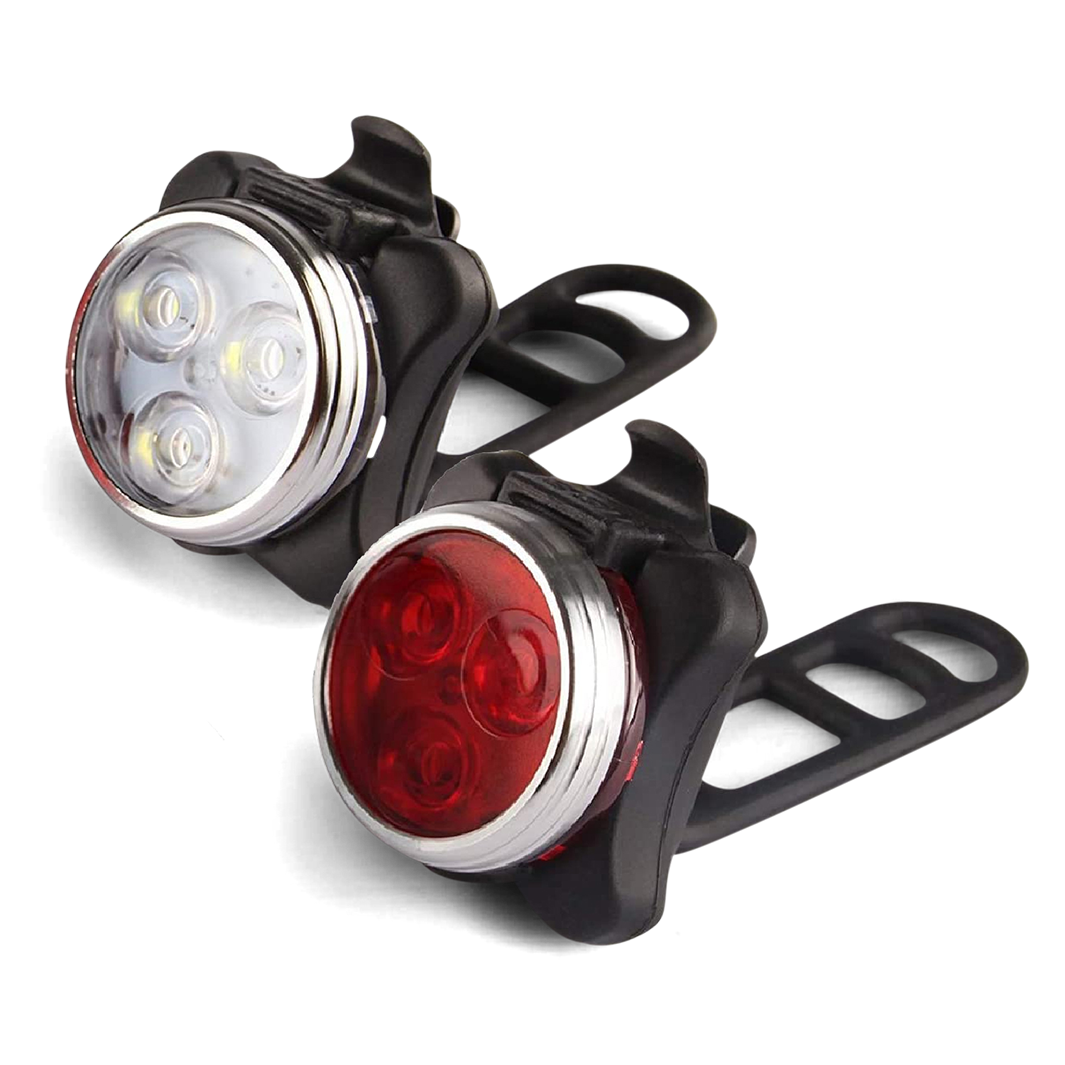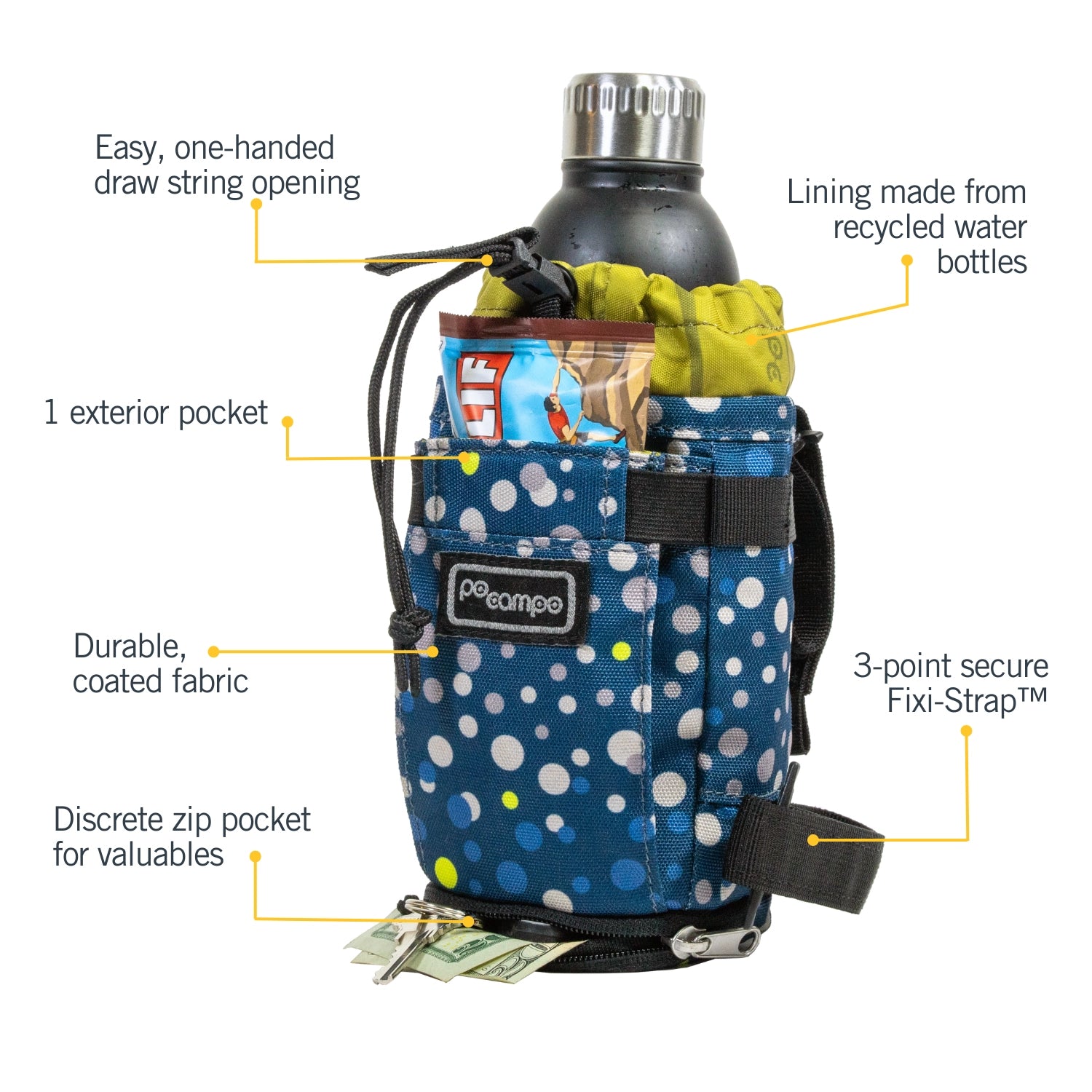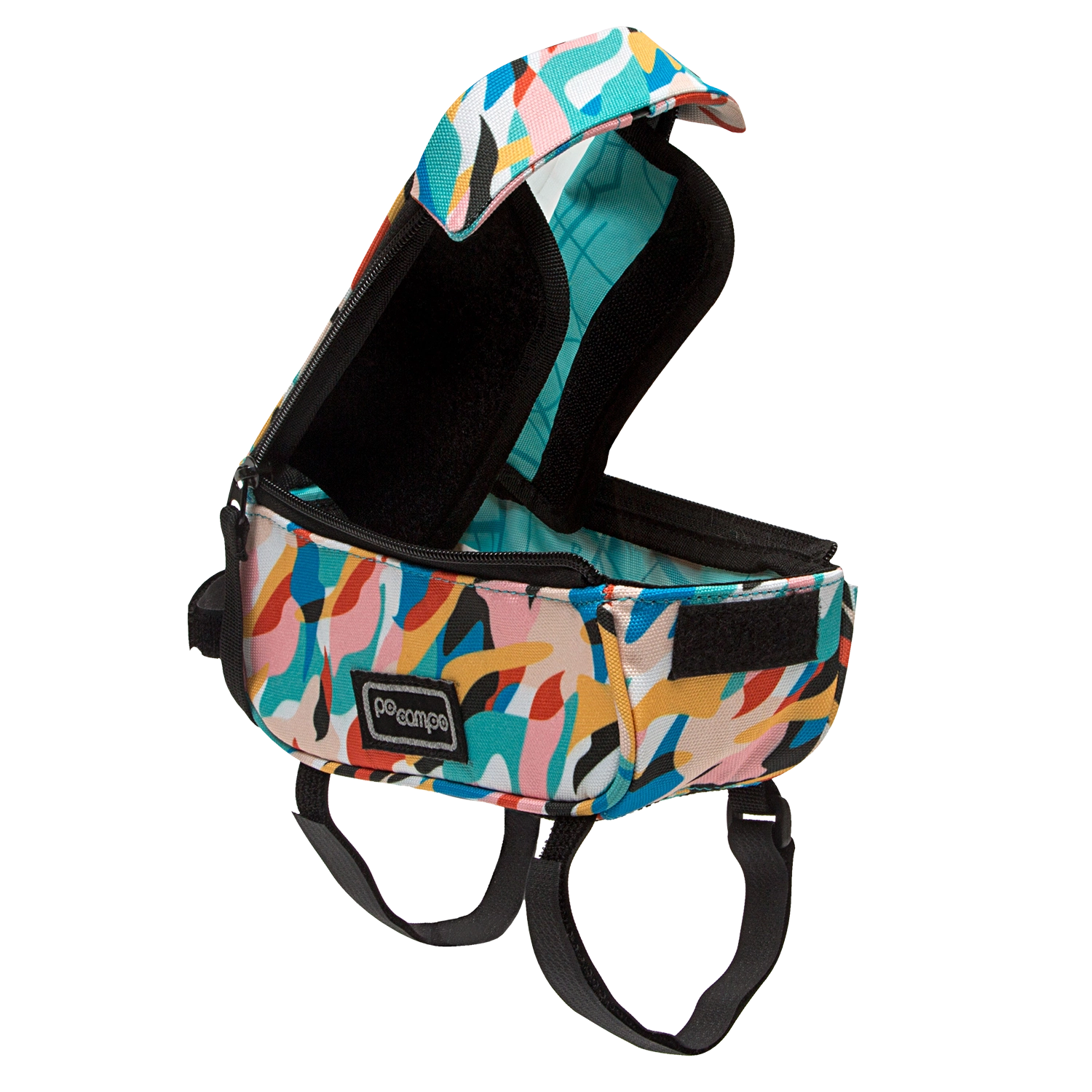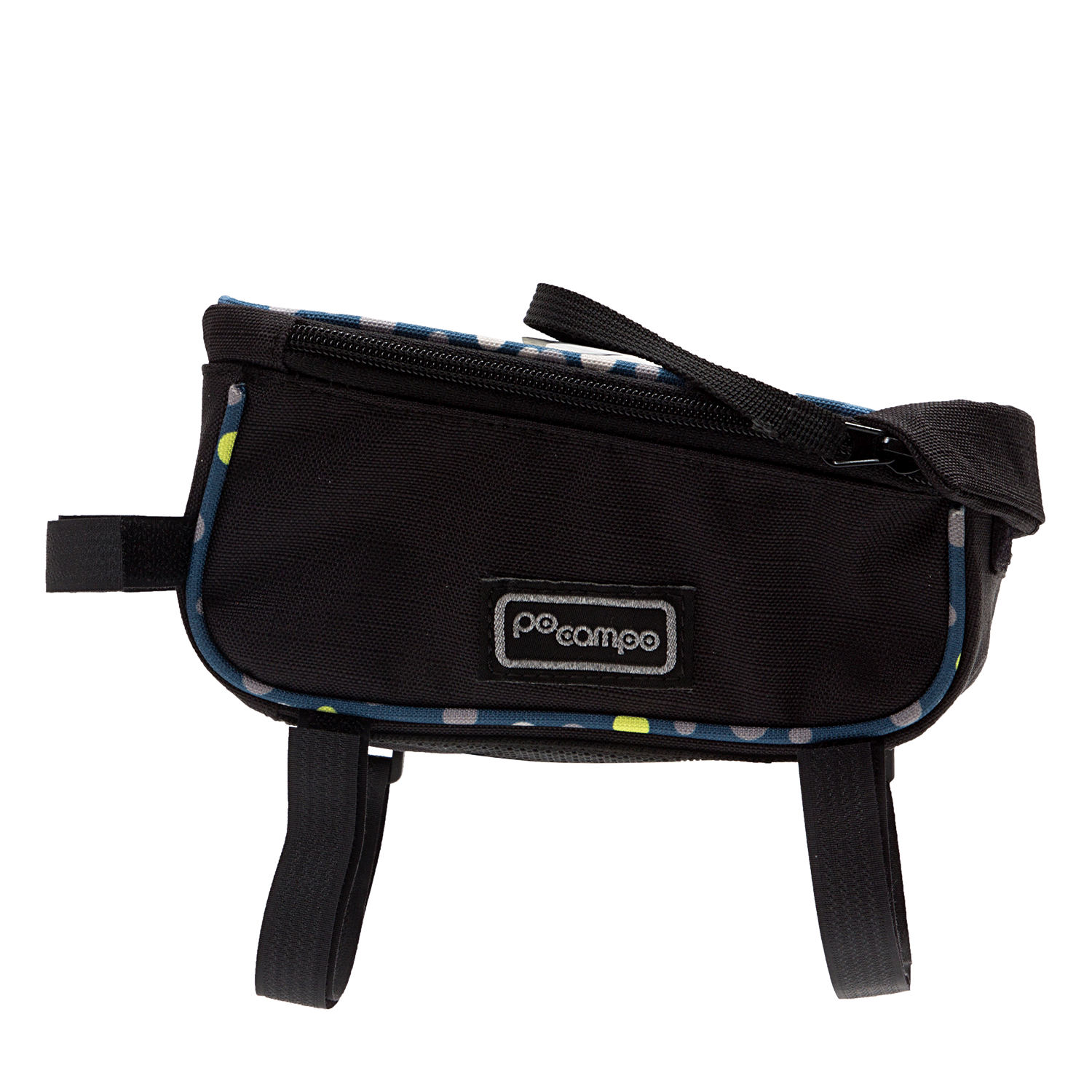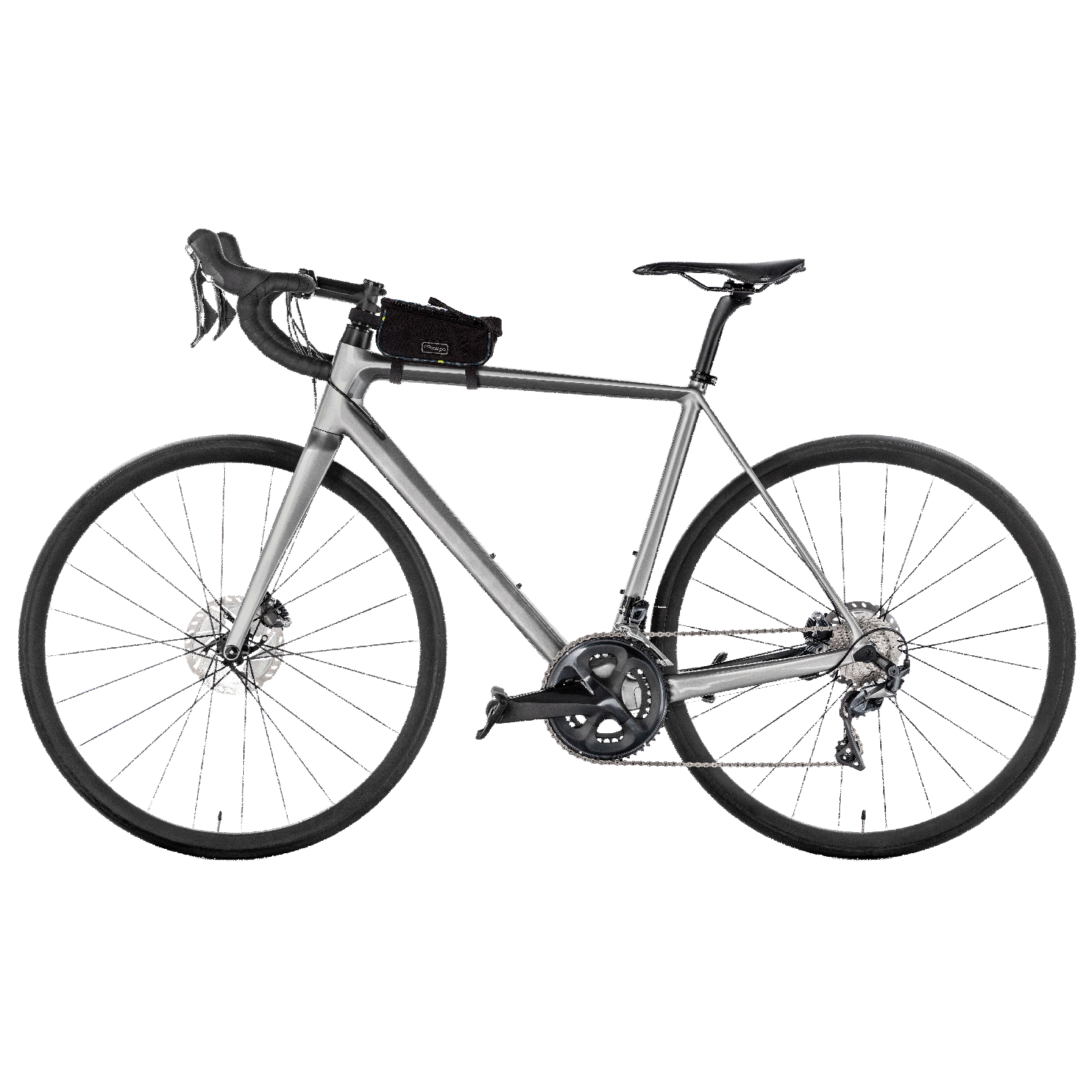
With gas prices soaring and no end in sight, many people are looking for alternatives to get to work or school that involve fewer stops at the gas station. You already know how we feel about e-bikes (hint: they’re awesome). But what about electric scooters? Is commuting on a scooter really a feasible option? Does anyone even make e-scooter bags for carrying things to school or work?
Compared to cars, both e-bikes and e-scooters are better for the environment, with riders leaving very little carbon trace behind. But how do electric scooters compare to electric bikes?
Let’s take a look at some of the pros and cons of using a scooter for commuting to find out.
Pros of Commuting on a Scooter:

Commuting with an electric scooter may save you money.
Popular commuter scooters typically cost between $350 - $1,400. Most mainstream e-bikes, on the other hand, cost between $1,500 - 4,000. The cost to charge both devices is negligible, but the other area where e-scooters are more cost-efficient than e-bikes is regular maintenance.
While bikes and scooters have similar needs in terms of battery and motor maintenance, scooters’ lack of chains and gears puts them at an advantage.
Electric scooters are more portable than electric bikes.
Weighing an average of 22-24 pounds, most commuter e-scooters are easy to fold, pick up, and carry! Portability is an important consideration if you’re living in an apartment (especially if you’re in a walk-up). If you’re commuting to work on an e-scooter, you can easily bring it into elevators of any size, then store it folded under your desk.

Electric scooters allow for versatile hybrid commutes.
Because of their more-accessible price point and their portability, e-scooters are the perfect solution to last-mile transportation struggles. Their versatility allows riders to make new transportation connections on buses, trains, or subways. If you’re ever caught out in a sudden downpour with no other public transit options at hand, unlike bikes, you can easily stow a scooter under the seat or in the trunk of an Uber or Lyft ride.

Cons of Commuting on a Scooter:
Commuting on an e-scooter can be less comfortable than commuting on an e-bike.
Because electric bikes have larger wheels than electric scooters, bikes tend to deliver more comfortable rides. You totally can traverse bumpy surfaces on a scooter. However, if your commute is riddled with potholes and uneven pavement, a bike will handle those imperfections more smoothly.
Broadly speaking, e-bikes may be easier for a wider range of users, as many adults already know how to ride a regular bicycle, while scooters require a bit more time to learn how to balance.
You can’t travel as far on most popular electric scooters as you can on electric bikes.
In general, e-bikes have longer battery ranges than most e-scooters. Scooters are also much more dependent on their external power source! If your e-bike battery dies, you can still pedal on easily without the added power. While you can ride your scooter this way, it’s not nearly as effective.
You can’t ride as fast on an e-scooter as you can on an e-bike.
While electric bikes can reach speeds just under 30mph, electric scooters usually top out around 20mph. However, 20mph is plenty fast for most urban commuters! In fact, many states put a 15mph speed limit on scooters.
You can’t carry as much on an e-scooter as you can on an e-bike.
While the size of a scooter makes it so portable, that small size also limits the amount of stuff you can carry along with you.
On a bike, there are so many places you can attach a bag: handlebars, front rack, seat, rear rack, and so on.
On a scooter, the only available space is the handlebar.
If you’re riding to work or school on a scooter and need to carry a laptop and other supplies, we recommend the Ara Reflective Backpack. Not only will it fit all of your gear, but it also has a retractable scooter hook if you get tired of wearing it on your back. The backpack even has a built-in helmet harness for when you get to your destination.
In conclusion, both E-scooters and e-bikes are both great options for getting around without a car – and they both have their own strengths and weaknesses! At the end of the day, the choice comes down to personal preference. If you’re torn, try checking out a local shop to do a test ride before you commit to purchasing!


